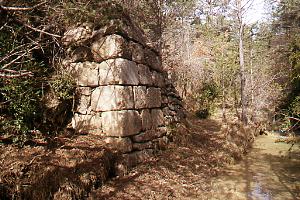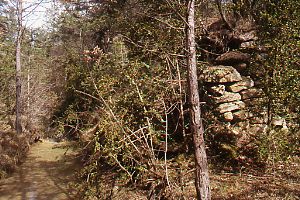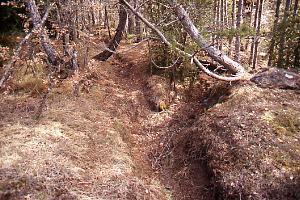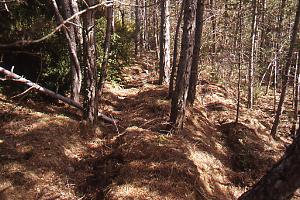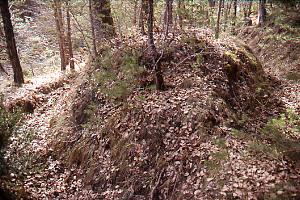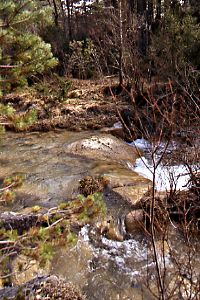
Secorún

The mill got its water from the Río Guarga.
Pictures: 5.iii.2010


Pictures: 5.iii.2010
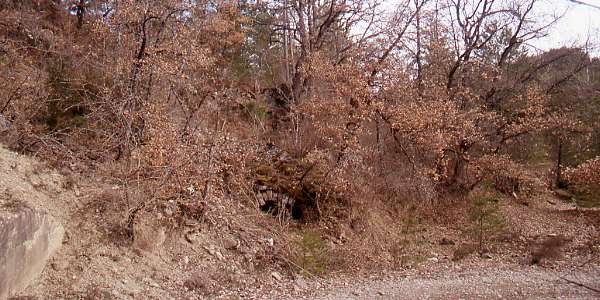
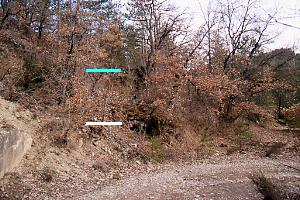
The mill may be gone, but the waterworks are preserved and well worth a visit. Pict. (2) illustrates the huge difference in height between the wheel in the cárcavo (white stroke) and the maximum level of the water in the pond (blue stroke). The blue stroke coincides with the top of the wall in (5).
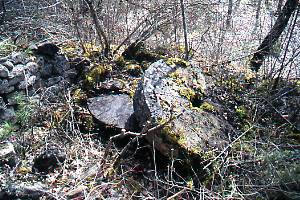
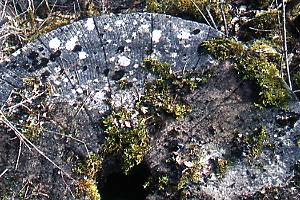
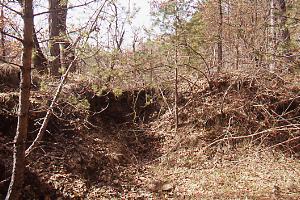
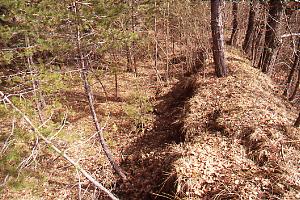

From the far end of the reservoir a clearly defined canal (7) can be traced to its origin about 450m away. The channel follows the slope and after about 250m turns sharply to the right and ends abruptly in a solid mass of stones like the base of a bridge (8, 9). A similar wall (8, 10) is found at the other side of the Barranco de Gabardón (tributary of the Río Guarga). I assume that a carved out tree bridged the gap. The canal then continues its way for another 200m.

